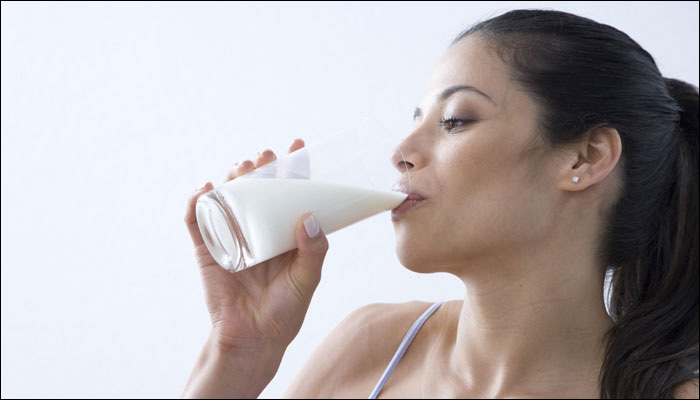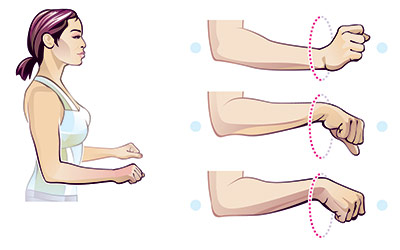
The more people are getting concerned about their health, more brands of whey proteins are being introduced in the market.
Being a consumer, you have the right to know about what is going inside your body. You might have heard a lot about whey protein, but are you aware about what exactly it is?
Everybody who talks about whey protein have mixed reactions. When I tell my players about whey protein, I get a list of questions!
Why do I need whey protein?
What is the other option for whey protein?
Is taking supplement good for health?
Will whey protein affect my kidney?
I am okay with all these questions because there are many healthcare sites having mixed opinions about whey protein.
Let’s not be judgemental about anything.
It’s not even correct to call ‘whey protein’ as a supplement because it does occur in natural food sources as well!
This blog will help you clear your doubts about whey protein!
What is whey and where do we get it from?
- Whey is derived from animal milk.
- Milk protein is divided into 2- Whey (20% of the protein in milk) and casein (80% of the protein in milk)
- Whey protein is said to be a complete source of protein as it contains all essential amino acids (These amino acids are not produced by the human body so it must be supplemented through diet) which are required by the human body.
- Whey protein is water soluble while casein protein is insoluble in water.
What are the natural food sources in which whey protein is present?
- Ricotta cheese
- Milk
- Yogurt
There are different supplements available in the market which has different brand names and components in it. Let’s understand what are those types of whey proteins listed on the supplements?
1. Whey protein concentrate
- Whey protein concentrate is also labelled as WPC.
- WPC label is only given to those supplements which has 90% or less than 90% of protein by weight.
How to read the label of the protein supplement to understand if it is WPC or something else?
- Check the protein % on the label. If it is less than 90% then it is WPC.
- The ingredients which are listed on the top of the label are in more quantities as compared to the ones which are mentioned at the bottom of the nutritional label.
- For example, if a supplement box has 40% WPC84 written on it, this means that the supplement has 84% of the WPC and rest all the ingredients is a combination of lactose, milk derivatives, minerals and fats.
Advantages of choosing WPC: –
- It is cheaper as compared to the other types of whey protein and fits in the budgets of fitness freaks.
Disadvantages of choosing WPC: –
- It has low bioavailability.
- Supplements with WPC contains lactose or milk derivatives in it which cannot be used by lactose intolerant people.
2. Whey protein isolate
- Whey protein isolate is also labelled as WPI.
- It is the purest form of protein which eliminates all the lactose and fats present.
- WPI label is only given to those supplements which has 90% or more than 90% of protein by weight.
Advantages of choosing WPI: –
- Its high-end techniques are used to eliminate the lactose and fats which makes WPI the purest form of protein.
- As there is no lactose in it, lactose intolerant people can choose this supplement.
Disadvantages of choosing WPI: –
- It is expensive.
- As it has no carbohydrates and fats, the taste often becomes an issue for the people.
3. Whey protein hydrolysate or blends
- They are the blend of WPC and WPI which mostly commonly available in the market.
- The cost for these blends are neutral. It depends on the ratio of WPC and WPI.
Advantage of choosing whey protein hydrolysate or blends: –
- Neutral cost. Neither too expensive nor too cheap.
Disadvantage of choosing whey protein hydrolysate or blends: –
- WPC: WPI ratios can be misleading so as explained above, which ingredient comes first is more in the supplement as compared to the one which comes at the bottom.
How does whey protein work in the body?
- Whey protein is a complete source of protein having all essential amino acids including leucine. Leucine is a very important amino acid when it comes to muscle building and toning of the body. Thus, whey becomes the most popular source of protein!
- Bioavailability (Ability of animal to utilize that protein in the body) of whey is very high as compared to other protein sources!
Let’s have a look: –
|
Protein sources |
Bioavailability |
| WPI | 159 |
| WPC | 104 |
| Whole egg | 100 |
| Milk | 91 |
| Cheese | 84 |
| Fish | 82 |
| Chicken | 79 |
| Soya | 74 |
| Casein | 71 |
| Yogurt | 68 |
| Egg white | 88 |
| Oatmeal | 58 |
- The above table shows that whey protein has the highest bioavailability, which becomes the most favourite protein of all times!
How much whey protein you need every day?
- A healthy adult requires 0.8-1g per kg body weight protein in a day depending on the physical activity. If you are into intense working out like athletes and sports person, the protein intake can go up to 1.5 g to 2g/per kg of body weight in a day.
- For example, an average man with sedentary lifestyle whose weight is 60kgs requires 0.8 g per kg body weight per day.
So, it is calculated as,
Weight x requirement of protein as per physical activity= Ideal protein intake per day.
As per the above example,
60 x 0.8= 48g per day.
- Protein can be obtained from natural sources as well. If the person can get the ideal protein intake through natural foods, then he might not require a supplement for the same.
- But if the person is a vegetarian, he might need to add up a supplement because vegetarian sources have low bioavailability as compared to non-vegetarian sources.
- Fitting his/her ideal protein requirement, 1-2 scoops per day can be taken to complete the requirement.
- If a person does heavy workout, he might need to alter his intake of whey protein depending upon the meal pattern he follows.
“Keep a check on your protein intake, overdoing anything won’t help!”
What are the benefits of whey protein?
- There is a myth that whey protein leads to weight gain but that is not true. On the contrary, whey protein helps in weight loss (It has fat loss enhancing property).
- It helps in muscle building.
- It helps in faster recovery post workout.
- It promotes growth of lean tissue mass.
- It improves muscle protein synthesis.
- It boosts immune function.
- It helps in controlling sugar cravings.
- It has high bioavailability as explained above.
What are the side effects of whey protein?
- Like a coin, everything has 2 sides. With benefits, whey protein also has some side effects.
- Bloating, upset stomach, increased bowel movements are some side effects of whey protein.
- You need to check yourself for allergies before starting off with whey protein.
- Check your total protein requirement before including whey protein in your list!
PS: – Whey protein is soluble in water so if in case it doesn’t dissolve in water, that protein supplement is not a right choice then! Read the label before choosing any supplement for you.
































